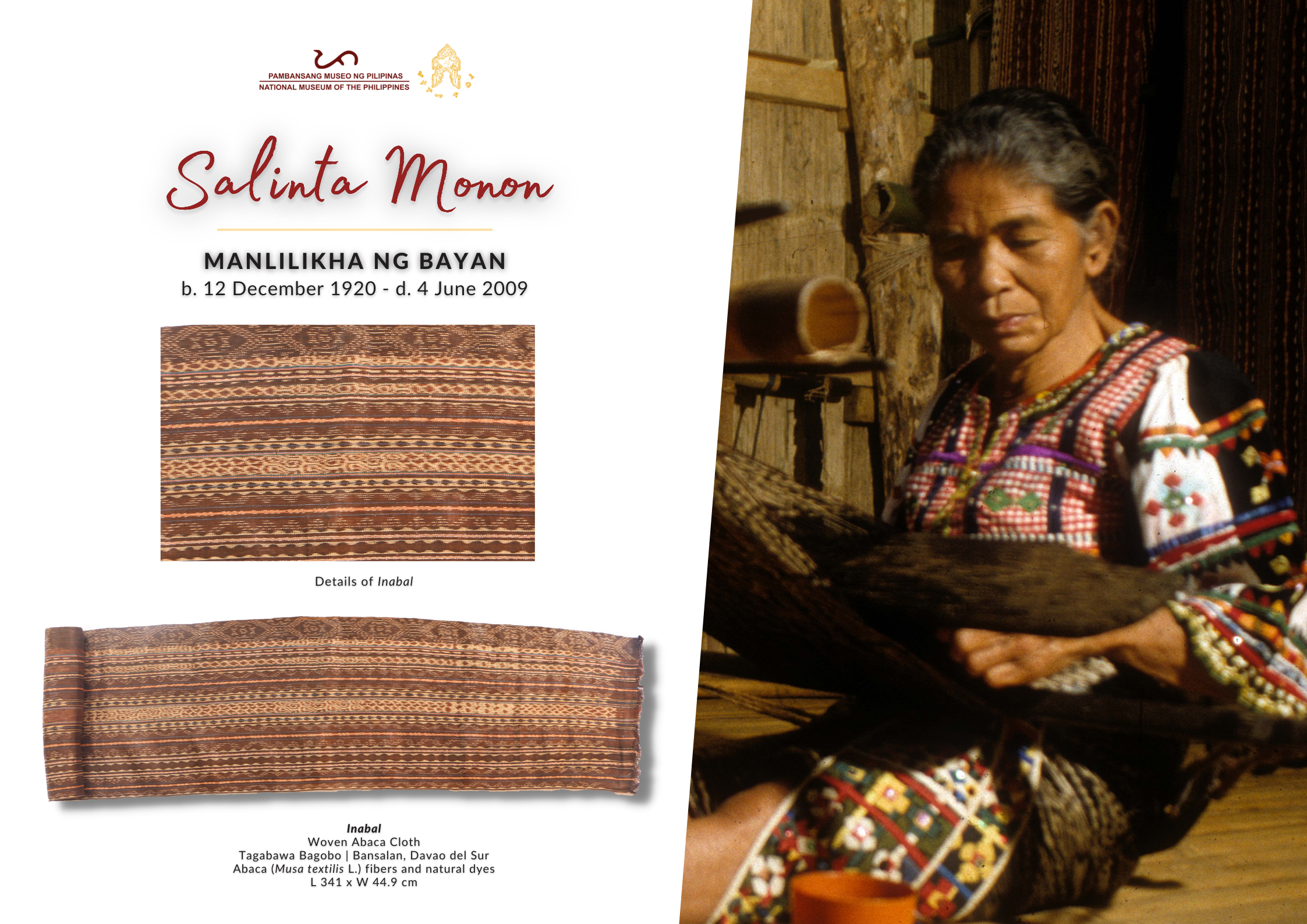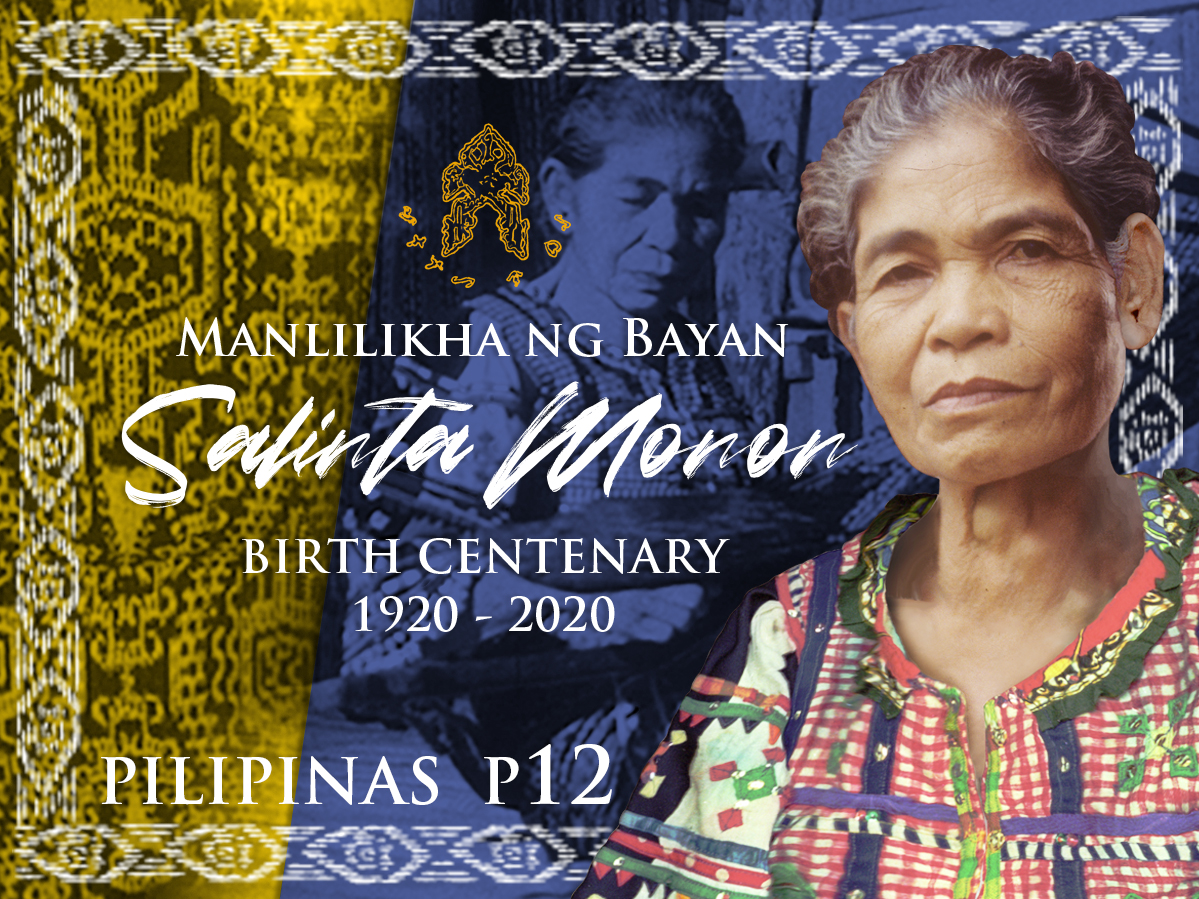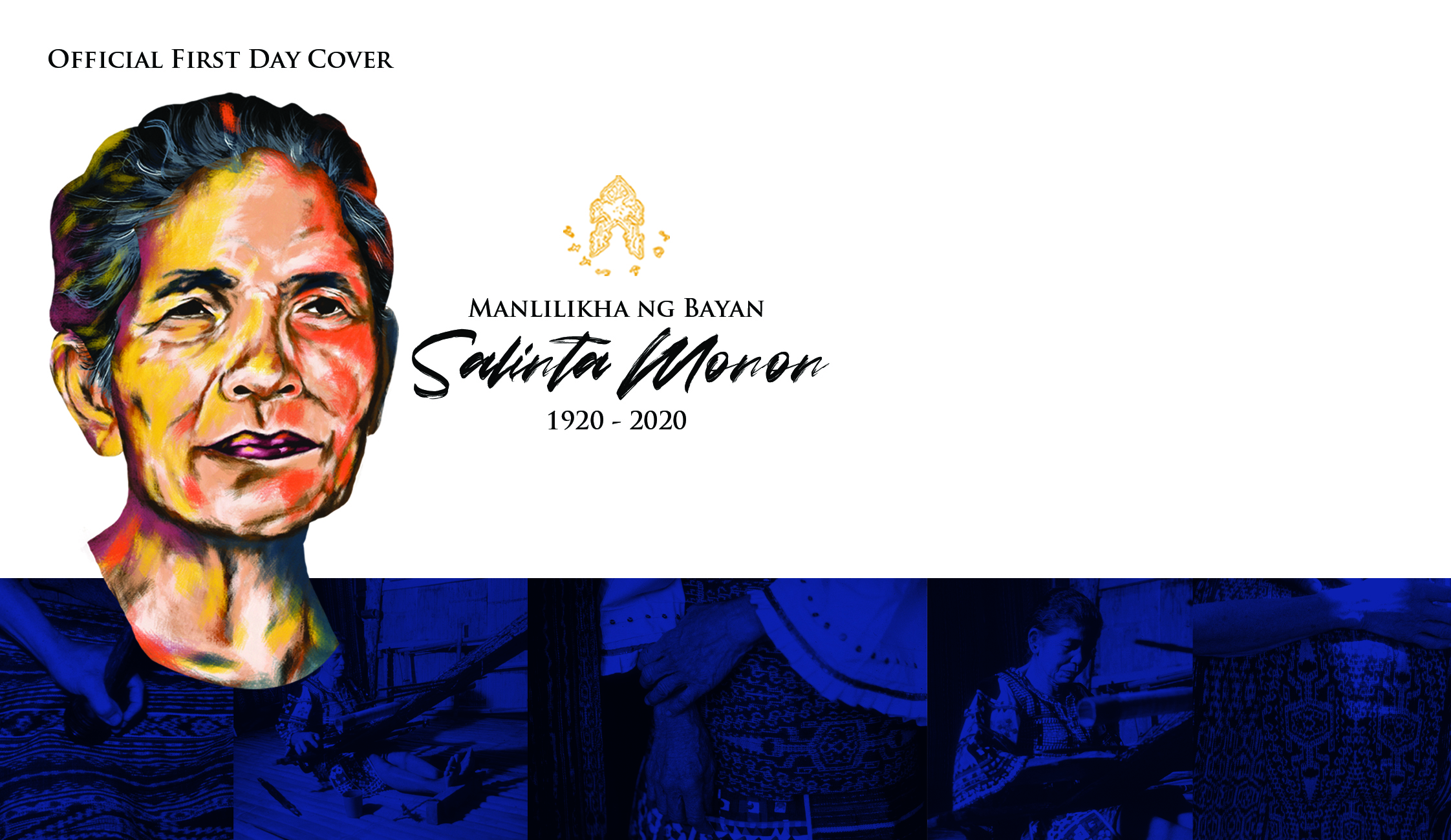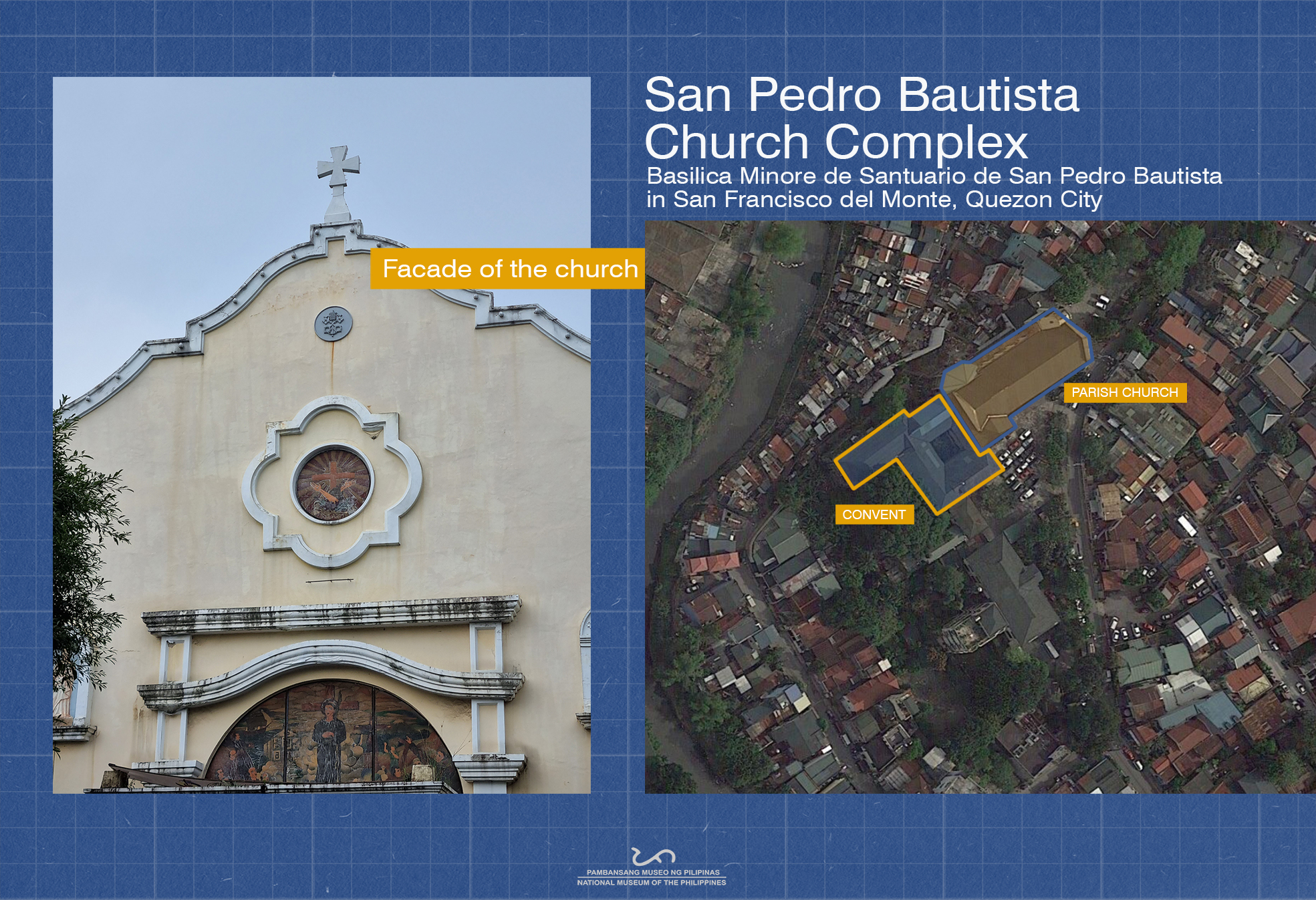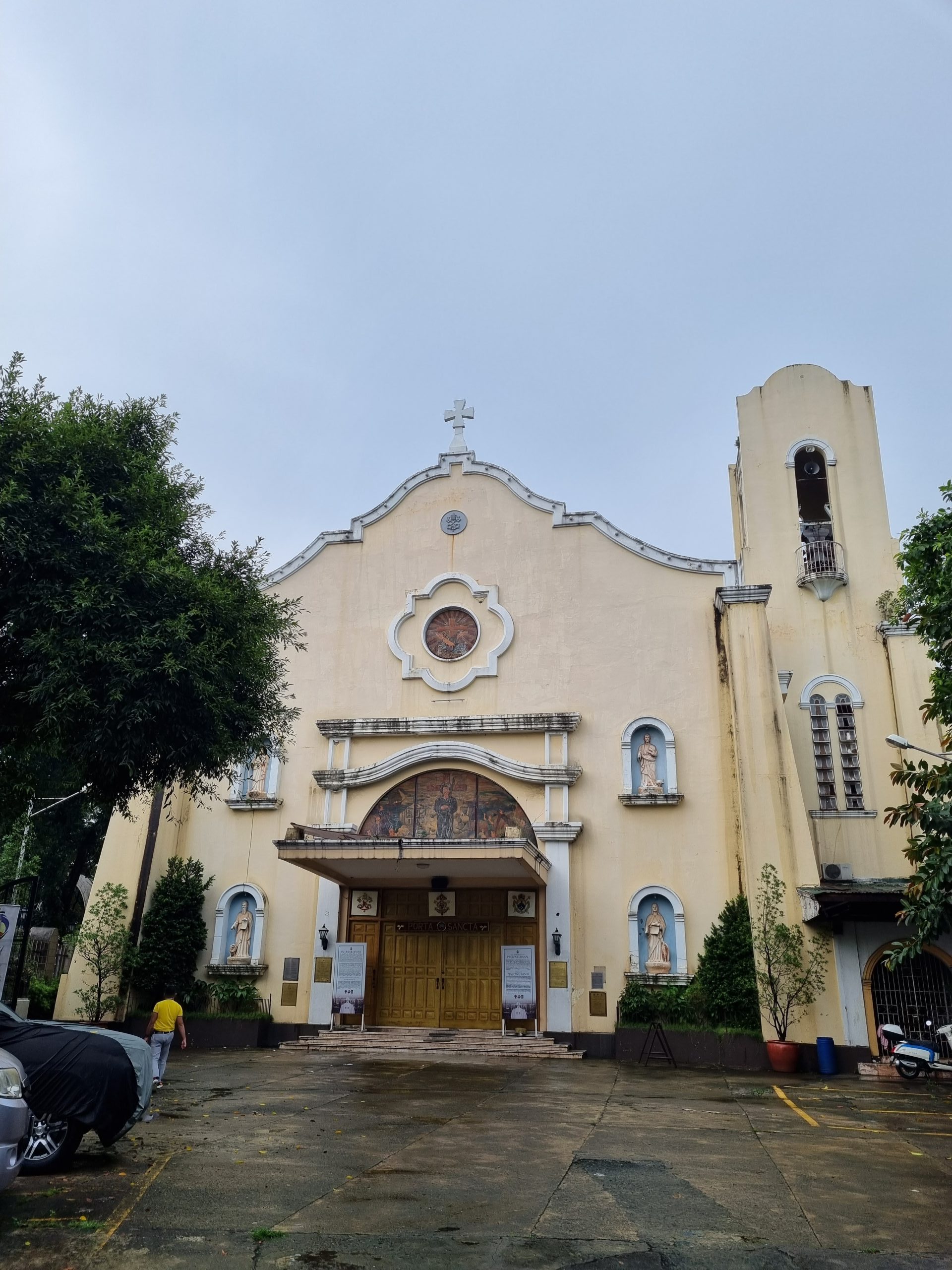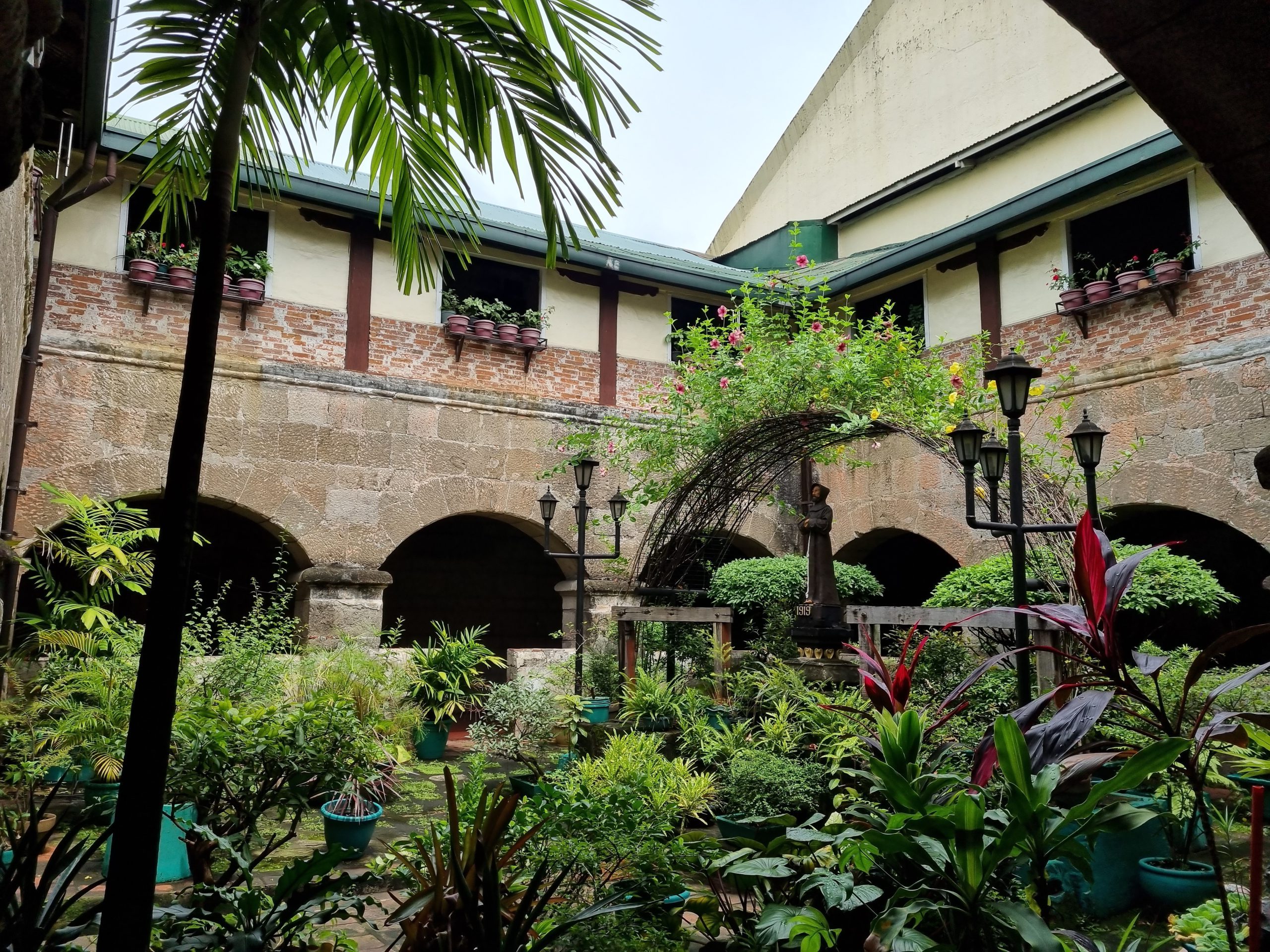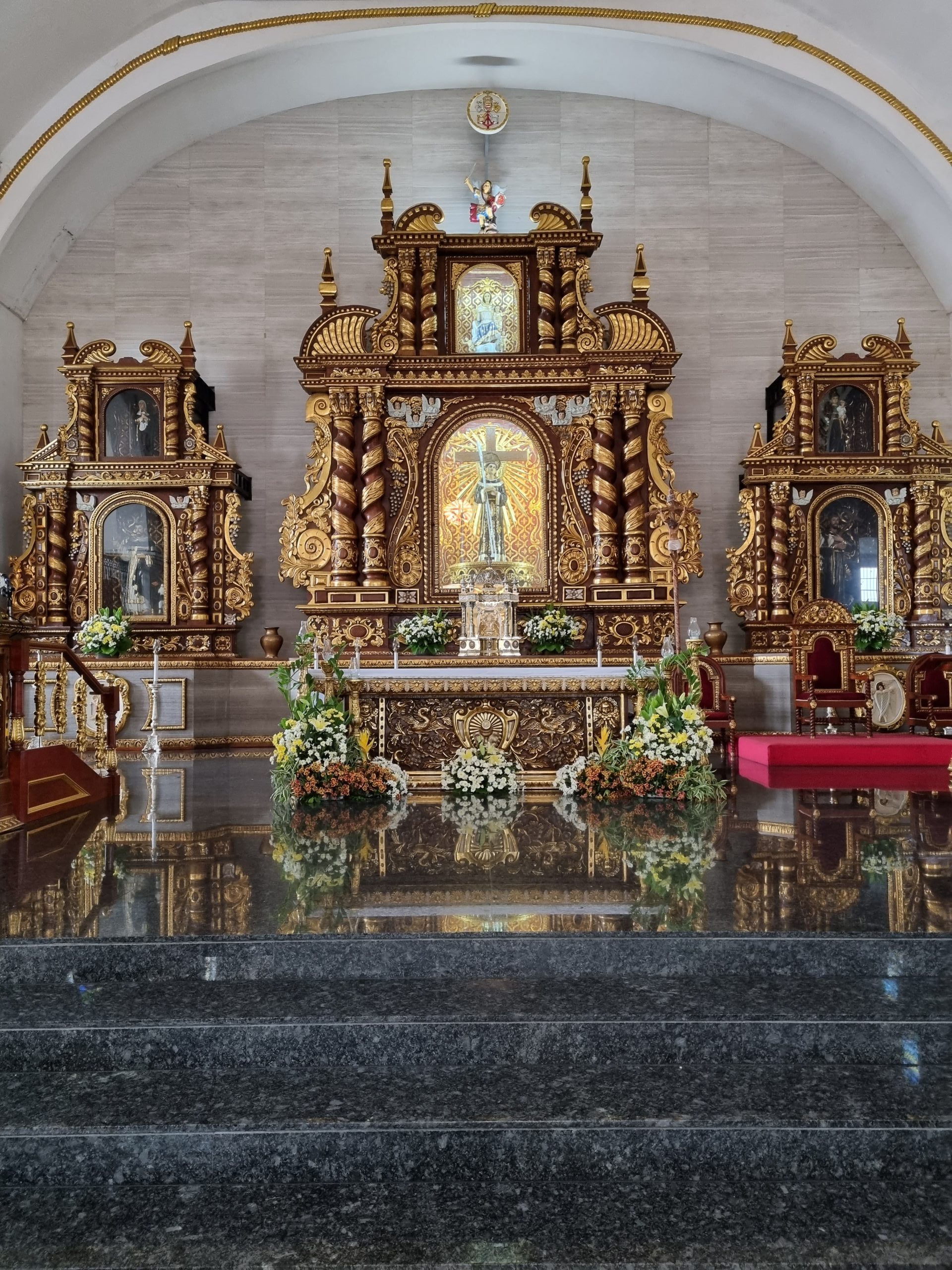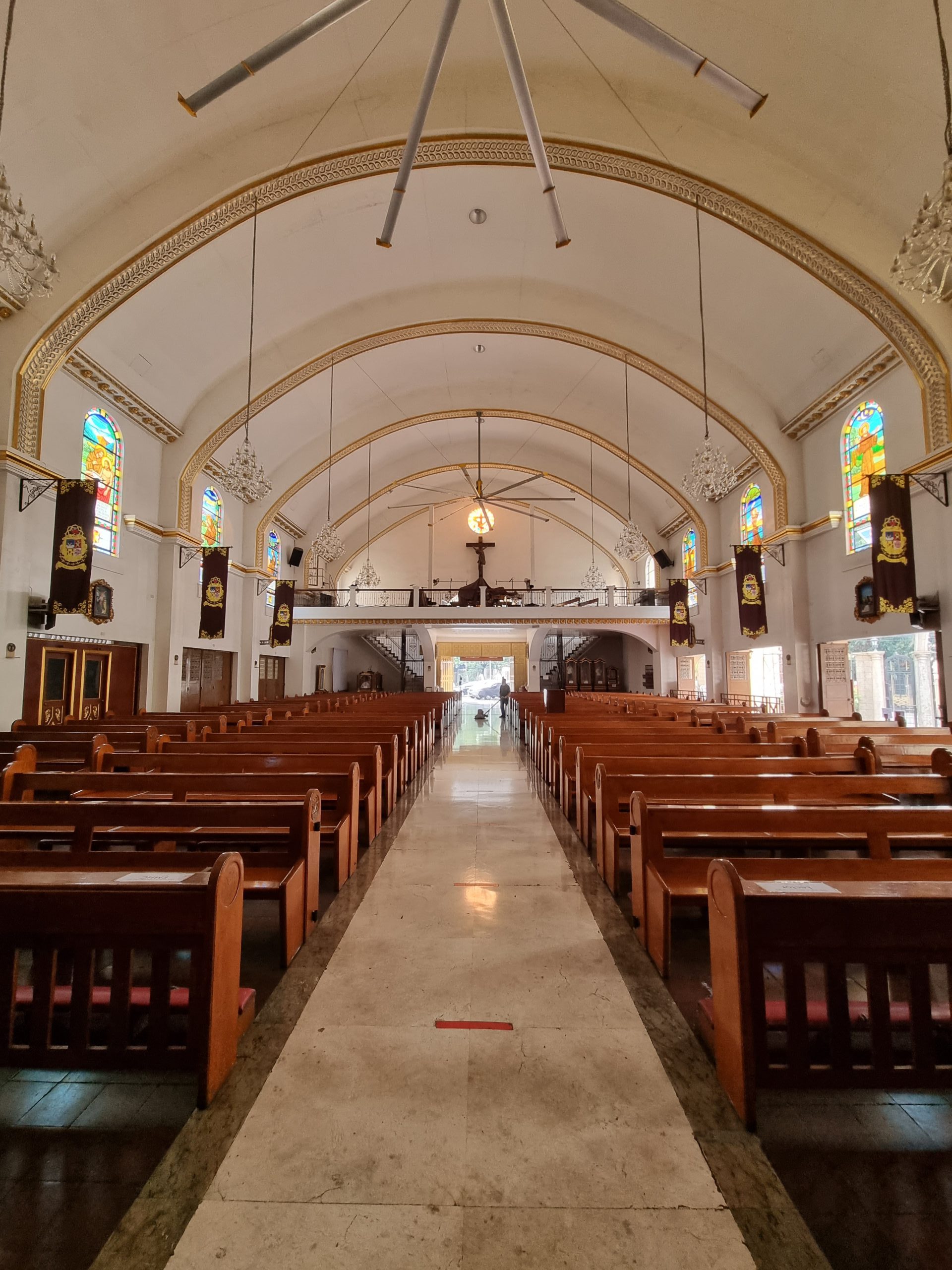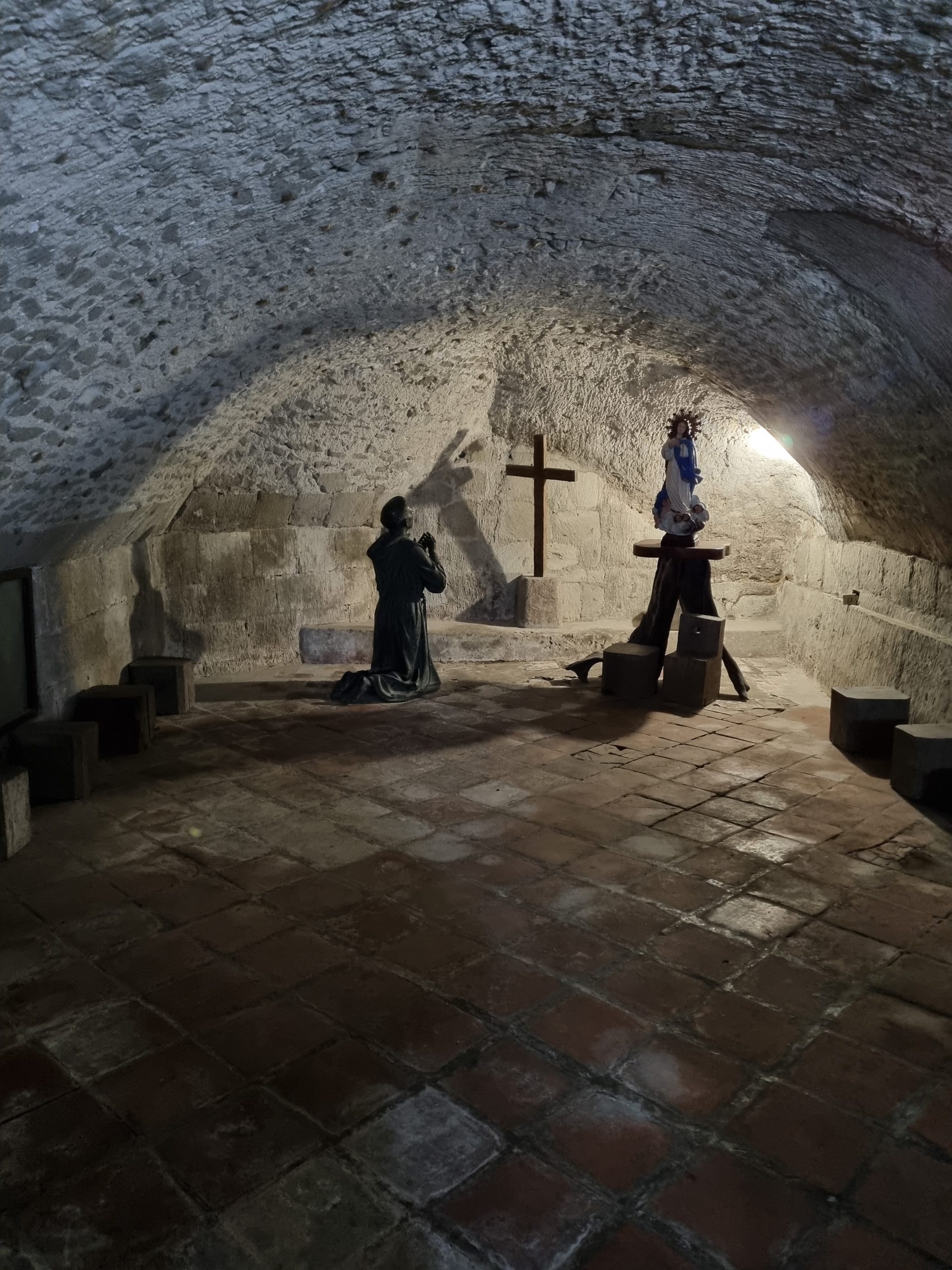National Museum Turns Over Sta. Cruz Church in Maribojoc, Bohol
National Museum Turns Over Sta. Cruz Church in Maribojoc, Bohol

After years of restoration and reconstruction, the Sta. Cruz Parish Church in Maribojoc, Bohol was officially handed over to its local community.
The Church Complex of the Parish of the Holy Cross and Diocesan Shrine of San Vicente Ferrer, more known as Sta. Cruz Parish Church or Maribojoc Church is one of the most hard-hit heritage structures in the province of Bohol in October 2013. Days after the catastrophic 7.3 magnitude earthquake, the National Museum of the Philippines (NMP), together with the other concerned government agencies, organizations, and stakeholders conjointly worked on planning and putting up the “National Heritage Reconstruction Program for the Visayas Region”, which aimed for the restoration and conservation of the affected century-old religious and architectural structures in the region, including the Maribojoc Church.

The Maribojoc Church Complex which consists of a stone masonry church and convent, side plazas and a stone stairway at the back of the church, is a declared National Cultural Treasure due to its outstanding historical, cultural, and artistic value making it highly significant cultural property of the nation. Its declaration justifies the government spending and prioritizing for its restoration and reconstruction.

Eight (8) years since the 2013 earthquake, the concluding event finally took place. A mass and the turnover ceremony were held at the Maribojoc Church on Sunday, December 12, 2021. Gracing the event with their presence were His Excellency Jorge Moragas Sanches, the Ambassador of Spain to the Philippines, and Archbishop Charles John Brown, the Apostolic Nuncio to the Philippines. President Rodrigo Duterte on the other hand was represented by his adviser on Streamlining of Government Processes, and a former Mayor of the town of Maribojoc, Secretary Leoncio Evasco. Also in attendance were Bohol Governor Arthur Yap and Congressman Edgar M. Chatto, who both delivered their messages during the program.

The liturgical dedication of the Maribojoc Church and Diocesan Shrine and Pontifical Mass was officiated by Most Reverend Bishop Alberto S. Uy, with Bishop Brown as Homilist. After the mass, NMP Director-General Jeremy Barns led the ceremonial turnover though his speech. In his speech, DG Barns described the ceremony as a four-fold event – the returning of the reconstructed church to its people, the nearing completion of the Bohol Heritage Task Force and the Bohol-Cebu Heritage Recovery Program in partnership with the National Historical Commission of the Philippines (NHCP), the marking both the turnover and the culmination of the recovery and restoration program in the presence of the Apostolic Nuncio and the Ambassador of Spain, and most importantly is the message of hope, especially this Christmas season, as embodied by the turnover ceremony. He also highlighted some milestones of the reconstruction project and ended his message by expressing his gratitude to all the stakeholders that have been part of the eight-year project.

As a response, a message of acceptance and gratitude was given by Bishop Uy, representing the legal owner of the church, the Roman Catholic Diocese of Tagbilaran. It was then concluded with the signing of the Certificates of Turn-over and Acceptance and the Unveiling of NHCP Marker.
The night before the celebrated event, a welcome dinner was hosted by the NMP for HE Ambassador Sanches and Archbishop Brown that was held at the NMP Bohol Area Museum in Tagbilaran. A Plague of Appreciation was awarded to the NMP by Bishop Alberto Uy during the dinner.

The NMP expresses its gratitude and honor for the trust given by the people in accomplishing yet another significant realization of carrying out its mission and mandate. Rest assured that it will continue serving the public and its community in pursuit of a Filipino nation of citizens with pride for their identity, committed to the protection and dissemination of its heritage.





